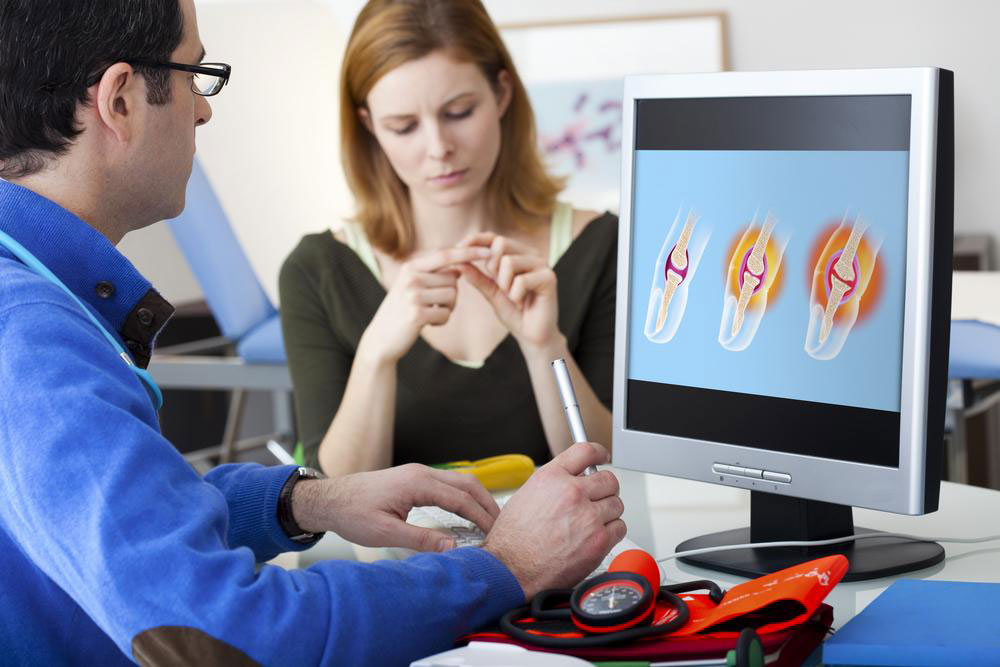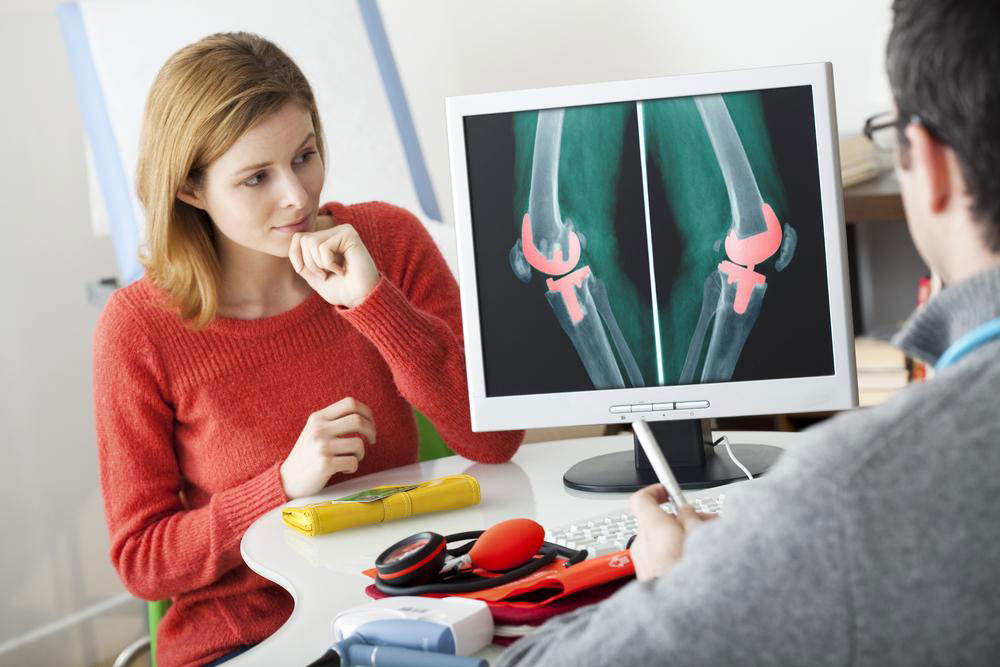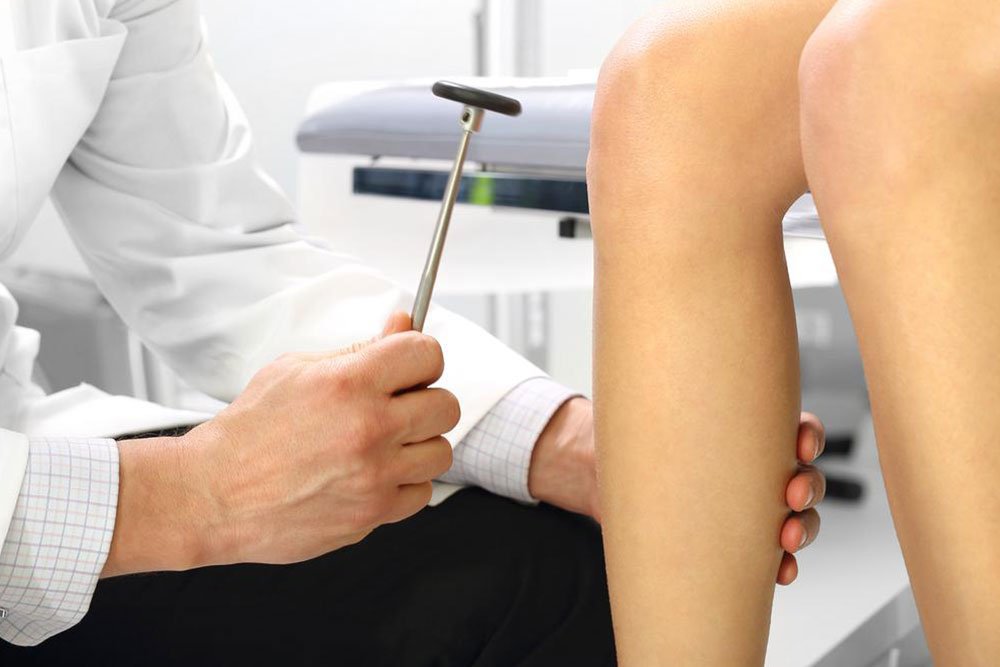The History and Development of Orthopedic Medicine
Explore the rich history of orthopedics, from its origins with Dr. Nicholas Andry to modern advancements by pioneers like Hugh Owen Thomas and Gavril Ilizarov. Discover how challenges like war and disease have spurred innovation in musculoskeletal treatment, shaping the field today. The article highlights key developments such as fracture management, external fixation, and limb lengthening techniques, emphasizing the evolution of orthopedic surgery over centuries. This overview provides valuable insights into how orthopedic medicine has transformed into a sophisticated discipline dedicated to restoring mobility and improving quality of life.

History and Progress of Orthopedic Medicine
The term 'Orthopedic' originates from French surgeon Dr. Nicholas Andry, who introduced it in his 1741 book, 'Orthopedie', meaning 'art of correcting and preventing deformities in children.' Derived from Greek words 'orthos' (straight) and 'paidion' (child), the discipline has expanded beyond its initial focus. Today, orthopedics encompasses treating musculoskeletal injuries caused by sports, accidents, or daily activities, aiming to restore mobility and function. As human life expectancy increased, so did the prevalence of bone and joint disorders, prompting advancements in repair and treatment techniques.
Throughout history, challenging periods, including wars and hardships, have driven innovation in orthopedics. These times often forced medical pioneers to develop new solutions to improve patient outcomes. In the late 1800s, Welsh surgeon Hugh Owen Thomas became known as the 'father of orthopedics' for pioneering many early treatments. His nephew, Robert Jones, further advanced fracture management and skeletal corrections, introducing techniques and devices still in use today. During the 1950s, innovations such as external fixation methods and the Russian surgeon Dr. Gavril Ilizarov's distraction osteogenesis revolutionized limb lengthening and bone realignment. These milestones mark the birth of modern orthopedic practices.
Note:
Our blog offers diverse, practical information across multiple topics, based on thorough research. However, content should not be considered definitive, and the team is not responsible for discrepancies or inaccuracies present elsewhere. Readers are encouraged to consult healthcare professionals for specific medical advice. Additionally, site content may not include all available schemes or offers related to the subjects discussed.









